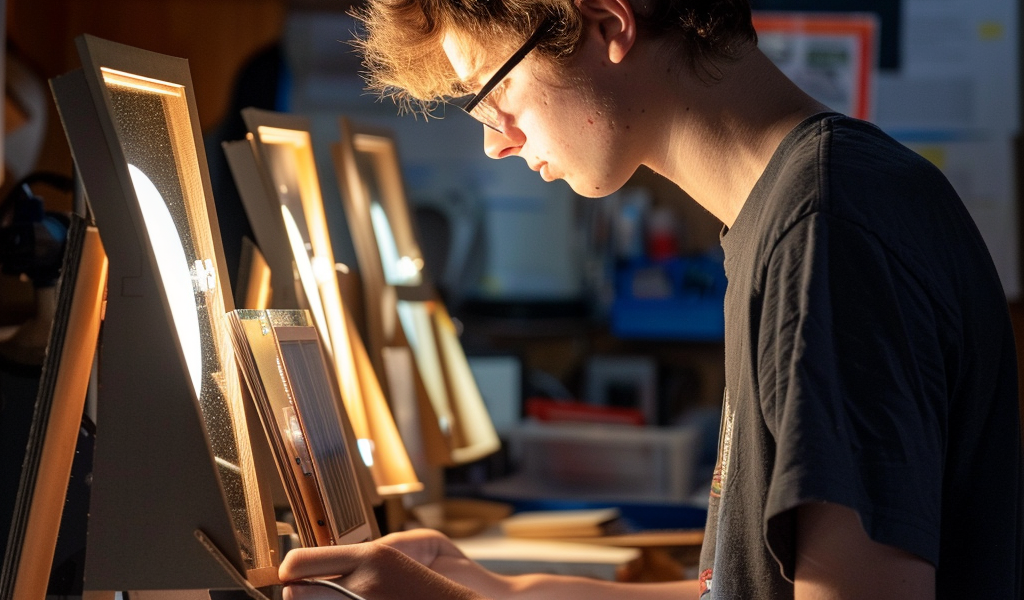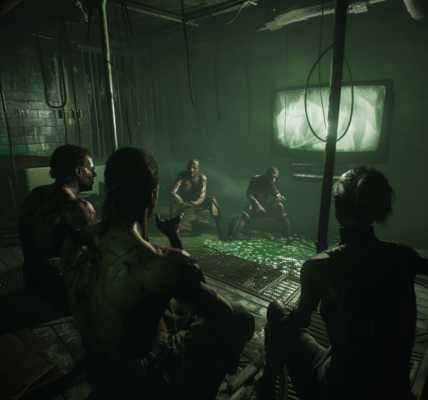A 12-year-old student from Ontario, Canada has made a significant contribution to settling a long-standing historical debate by proving that a so-called ‘death ray’ designed by the Ancient Greek polymath Archimedes could have worked. The weapon, which supposedly harnessed the sun’s rays to incinerate enemy ships, is reported to have been deployed against the Roman Navy with deadly consequences. Researchers have been unable to confirm whether the ancient contraption really existed.
To help resolve the dispute, Brenden Sener built a scaled-down version of the ‘death ray’ and concluded that the concept works and could plausibly have been used in battle. The original death ray is said to have been used against the invading Romans during the Siege of Syracuse, which lasted from 213 to 212 BCE. As warships advanced on the Hellenistic city, local defenders turned to Archimedes’ inventions to help keep the enemy at bay.
Among the machines rumored to have been used is the famous Claw of Archimedes, which supposedly lifted Roman ships out of the water before dropping them from a great height. Archimedes also reportedly placed mirrors along the bay of Syracuse to focus the sun’s rays onto the enemy’s ships, causing them to burst into flames.
While some scholars have dismissed the idea as fiction, others have attempted to recreate the weapon with reasonable success. In 2005, a team from the Massachusetts Institute of Technology (MIT) found that Archimedes’ design could set a ship alight in just 11 minutes.
Sener settled for a tabletop version of the ancient death ray, using a series of concave mirrors and LED desk lamps. He found that when using the reflectors to focus a 50-watt heat source onto a piece of cardboard, the temperature of the cardboard increased significantly. This successful experiment has shed light on the possibility that Archimedes’ ‘death ray’ may have been more than just a legend.





